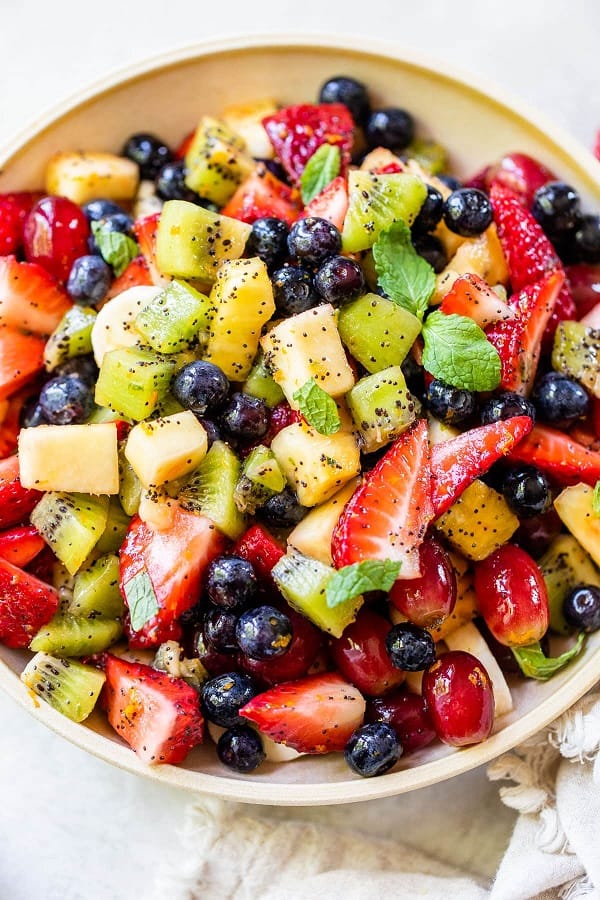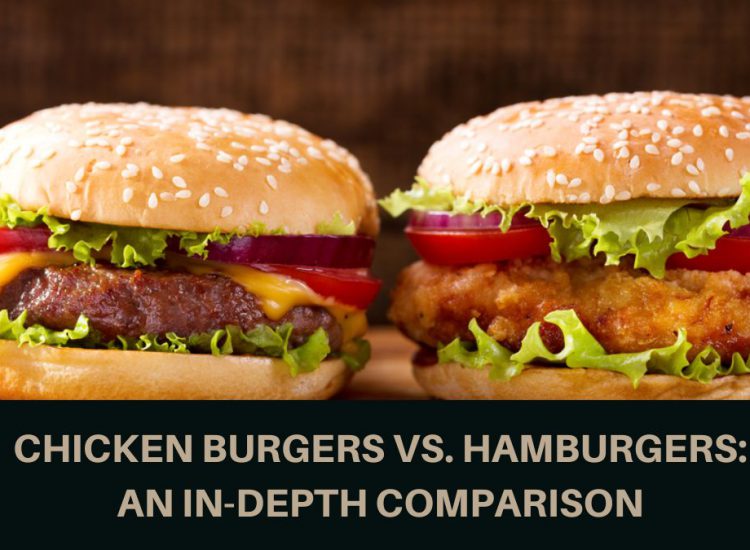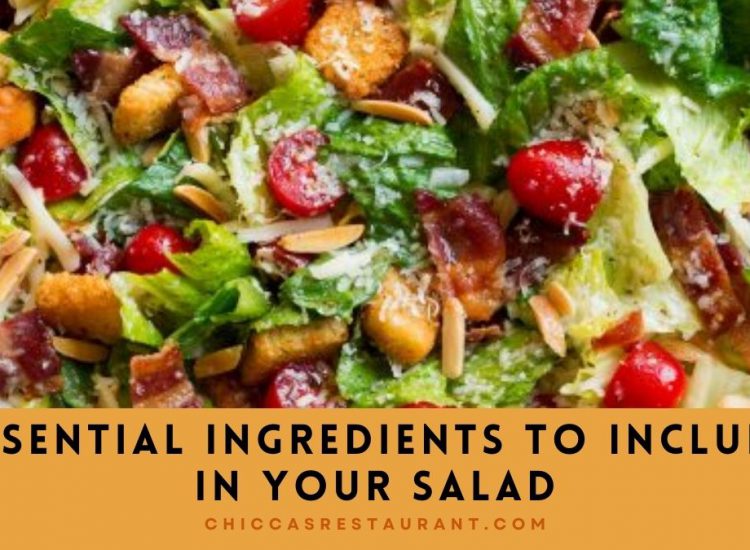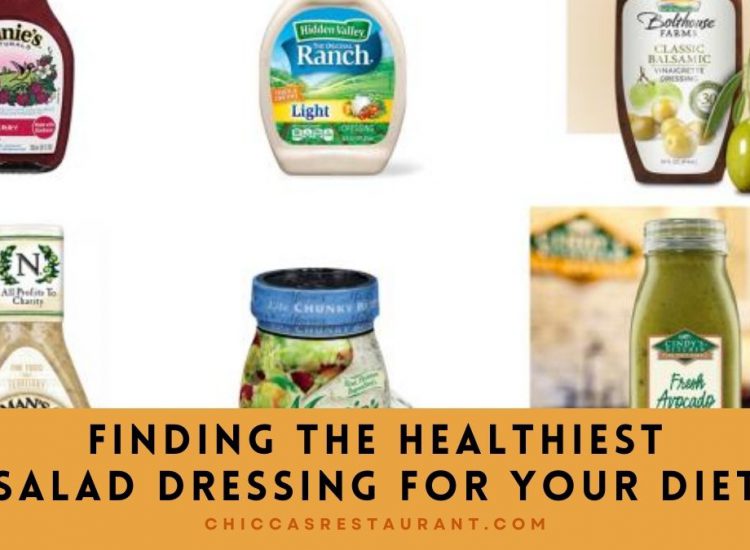Salads are renowned for their versatility and potential to provide a powerhouse of nutrients in a single dish. However, creating the healthiest salad involves more than just tossing some greens together.
Toc
Let’s explore the ingredients and components that can transform an ordinary salad into a nutrient-rich and satisfying meal to support your overall health and well-being.
Dark Leafy Greens
The foundation of a healthy salad often begins with dark leafy greens such as kale, spinach, or arugula. These greens offer a spectrum of vitamins, minerals, and phytonutrients, including folate, vitamin K, and antioxidants. Incorporating various greens can enhance your salad’s nutritional diversity and support different aspects of your well-being.

1. https://chiccasrestaurant.com/archive/654/
2. https://chiccasrestaurant.com/archive/651/
3. https://chiccasrestaurant.com/archive/414/
Source: https://www.wellplated.com/
Colorful Vegetables
Adding colorful and nutrient-dense vegetables to your salad can offer many health benefits. Bell peppers, cherry tomatoes, shredded carrots, and cucumbers provide flavor, fiber, vitamins, and minerals. These vegetables contribute to hydration, digestive health, and overall vitality, making them essential components of the healthiest salad.
Lean Proteins
Incorporating lean proteins such as grilled chicken, turkey, tofu, or legumes can elevate your salad’s satiety and nutritional value. Protein is crucial for muscle repair, energy production, and a feeling of fullness. Additionally, these proteins can add a savory element to your salad while supporting overall physical well-being.
Healthy Fats
Including sources of healthy fats, such as avocado, nuts, and seeds, can provide essential fatty acids, promote heart health, and enhance the absorption of fat-soluble vitamins. These fats contribute to a feeling of satisfaction, support cognitive function, and help balance cholesterol levels, making them integral to the healthiest salad.
Whole Grains
Incorporating whole grains like quinoa, farro, or brown rice into your salad can introduce a hearty texture and a dose of fiber, protein, and various nutrients. Whole grains promote digestive health, offer sustained energy, and contribute to your salad’s overall satiety and nutritional completeness.
Plant-Based Additions
For those following a plant-based diet, edamame, chickpeas, and hummus can supply protein, fiber, and a creamy texture to the salad. These additions also offer a range of nutrients while catering to dietary preferences and enriching the overall eating experience.
1. https://chiccasrestaurant.com/archive/647/
2. https://chiccasrestaurant.com/archive/414/
3. https://chiccasrestaurant.com/archive/649/
Dressing with Care
Selecting a healthy and flavorful dressing is crucial to the overall nutritional value of your salad. Opt for dressings made with extra virgin olive oil, balsamic vinegar, or lemon juice to enhance the flavor while providing healthy fats, antioxidants, and minimal added sugars.
Conclusion
In conclusion, the healthiest salad encompasses a harmonious blend of dark leafy greens, colorful vegetables, lean proteins, healthy fats, whole grains, and carefully chosen dressings. Combining these nutrient-dense components allows you to create a wholesome and satisfying meal that nurtures your body and supports your overall well-being.
Crafting the ultimate healthy salad involves an intentional selection of ingredients that offer a spectrum of nutrients, flavors, and textures. Whether you prefer a vibrant mix of vegetables, a protein-packed ensemble, or a colorful medley of healthful additions, the healthiest salad is a delightful and nutrient-packed addition to your dietary repertoire.














